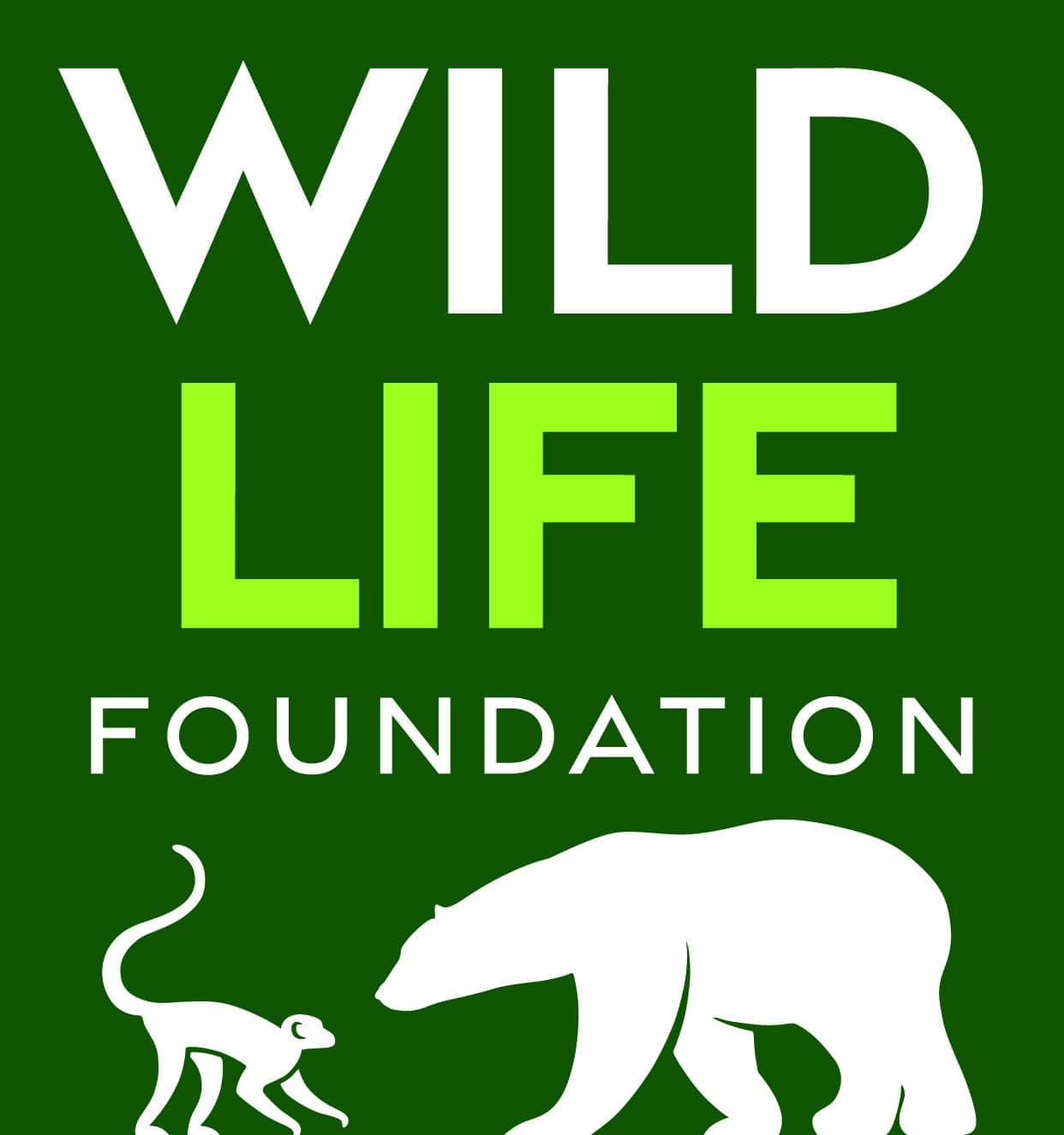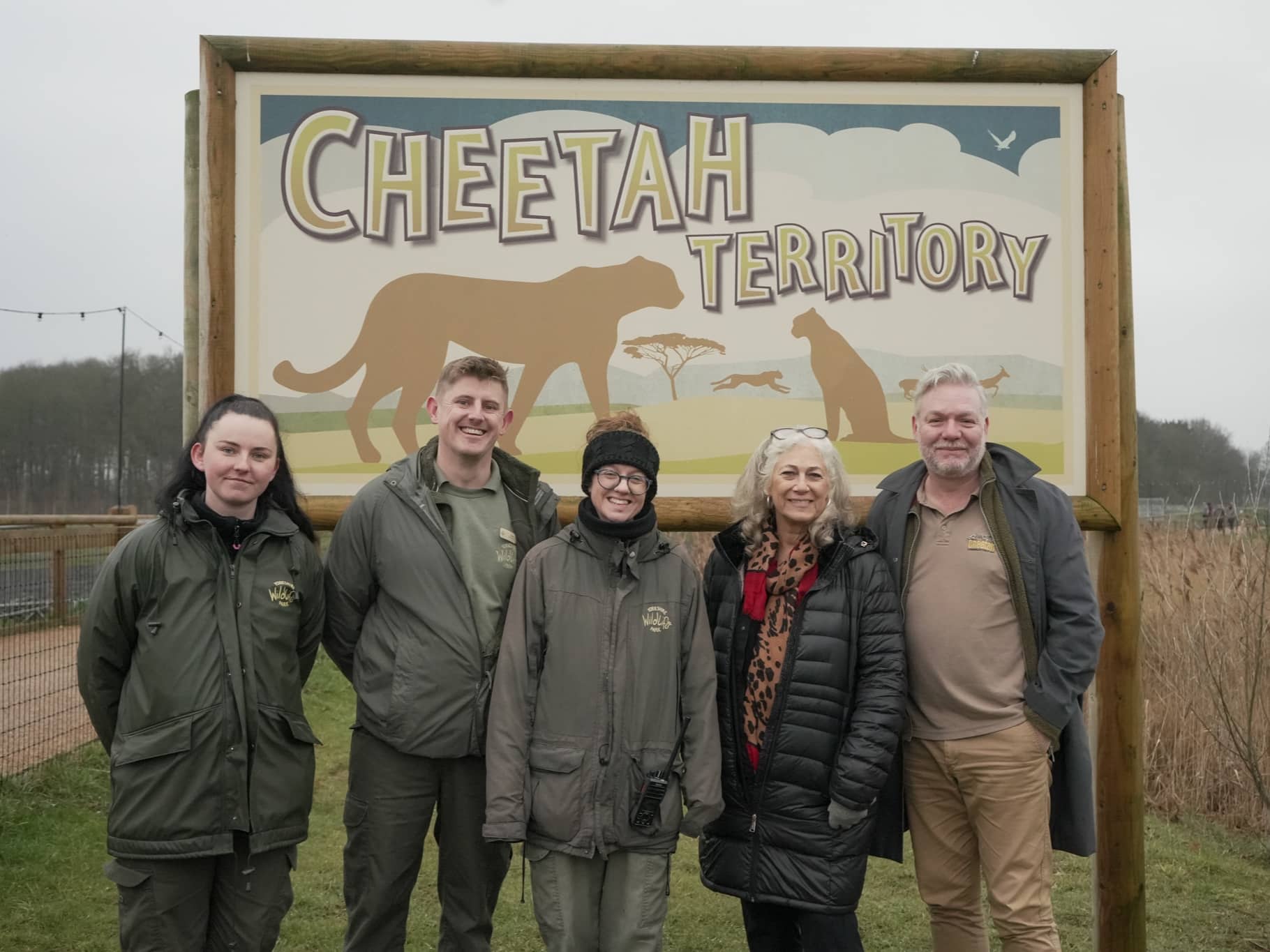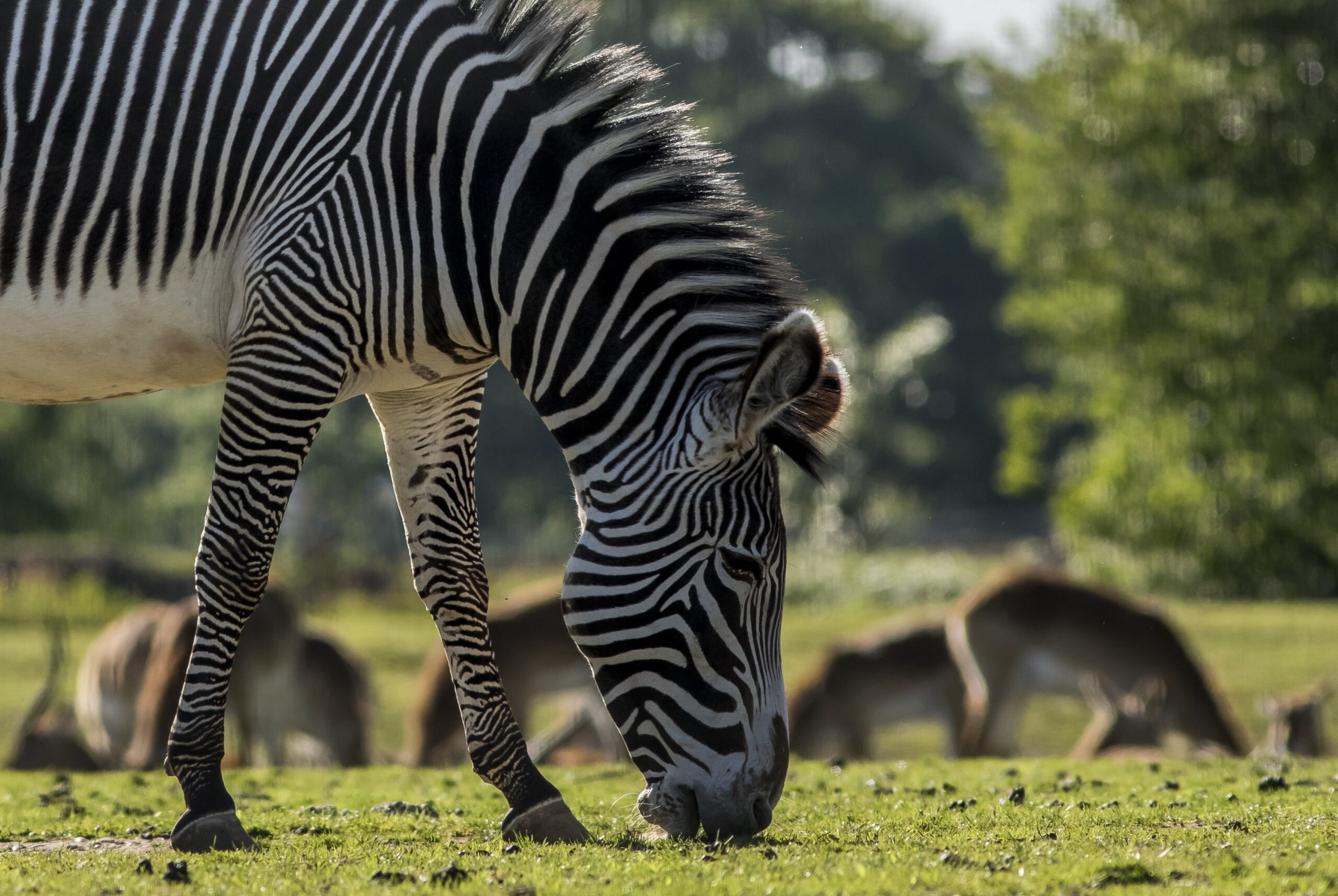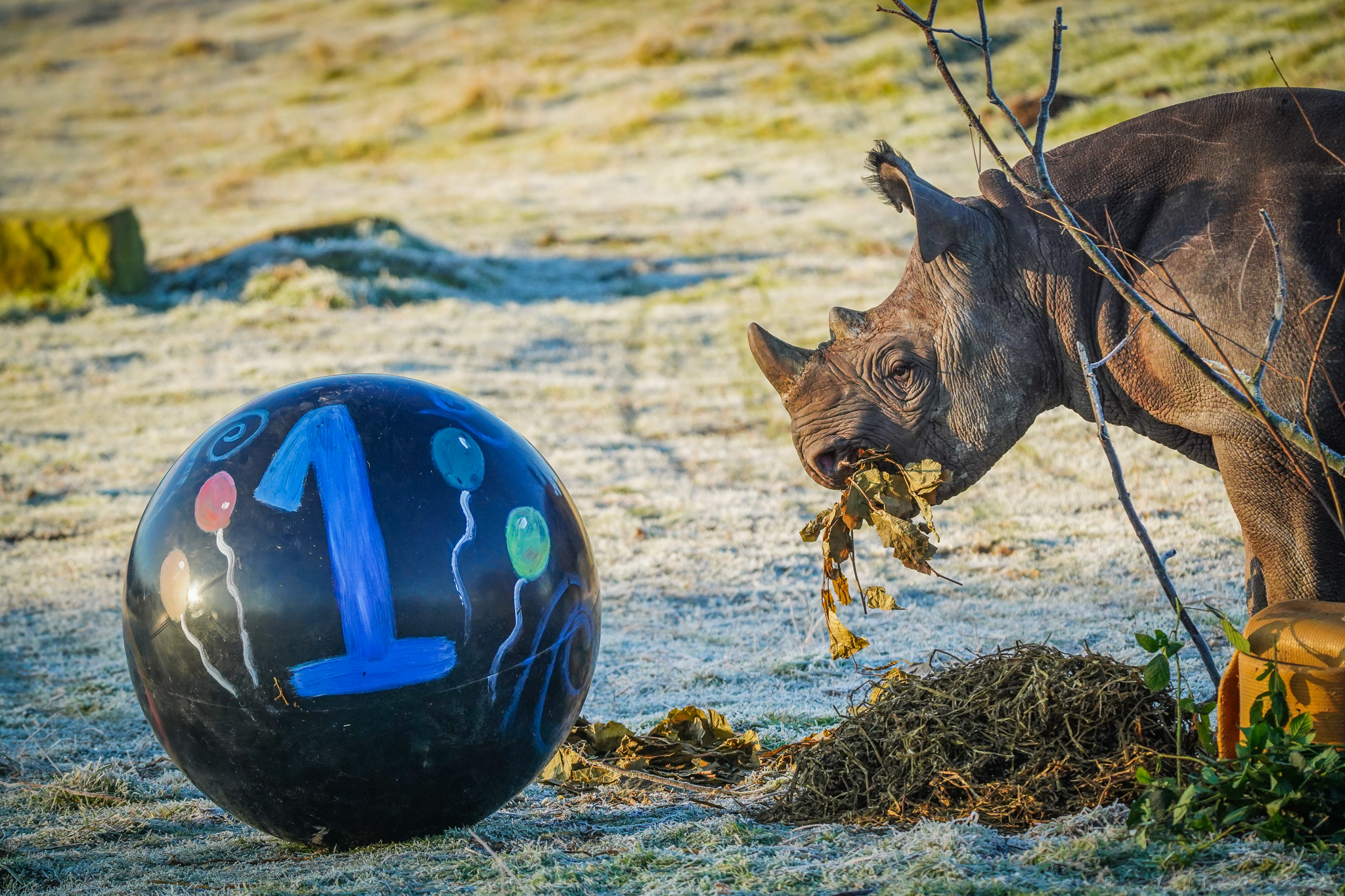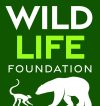WildLife Foundation are delighted to support Earther in their project to map and manage wildlife sanctuaries using dogs’ keen sense of smell to identify animal excrement.
Train is a 12 year-old Chesapeake Bay retriever who is trained to detect the faeces of some of Argentina’s most threatened big cats. His findings help Argentina’s ministry of Ecology to better map out wildlife habitats in the northeastern Misiones Province’s Atlantic Forest ecosystem, found between the Paraguay and Brazil borders. The ultimate goal is to expand Argentina’s only multispecies wildlife corridor, which was formally established in 1999.
The expansion of the Green Corridor of the Province of Misiones—from some 1.2 million acres to 2.2 million—will create protections for one of the country’s most vulnerable forest ecosystems where pumas, jaguars, ocelots, oncillas, and bush dogs live. These are the species whose faeces Train has been trained to look for, ultimately to save them from poaching and deforestation.
Train became a conservation-detection dog in 2009, when he was about 2 years old. His owner, Karen DeMatteo, is a research scientist at Washington University in St. Louis who’s spearheading much of this work in partnership with the Argentine ministry.
“He goes with me, and I go with him,” DeMatteo told Earther. “He doesn’t get frequent flier miles or the marks on a passport, but he travels with me,” she laughs.
In addition to seeking the faeces of big cats, Train’s also smelling for the excrement of their prey, including tapirs, white-collared peccaries, collared peccaries, and pacas, a ground-dwelling rodent. Some days, he might find nothing; other days, his nose will turn up at least a dozen samples. Over his five summers in the field, Train has managed to identify almost a thousand scat samples total.
The data gathered from the scat helps the team learn how many of the animals are male or female, which they combine with GPS coordinates to learn how the species are moving. All this is then plugged into a model to help select the optimal location for a biological corridor.
Train wears a sheep bell so once he’s out in the Atlantic Forest, DeMatteo knows where he is and so do the wild inhabitants. “So while we’d love to walk across and see a jaguar, we don’t really want to walk across and see a jaguar when Train is there,” DeMatteo joked. “Dogs are attacked by jaguars in that region.”
When Train finds something, he stands next to it and cocks his head. His ears will perk, and he’ll wag his tail to alert DeMatteo of his success. She’ll confirm by asking him, “Did you find it?” Then, he’ll wag his tail some more, look over to where the sample is hiding, and look back at her. He won’t bark or scratch at the sample, though.
First, DeMatteo marks its location on her GPS device. Then, she swabs the outside of the scat to collect DNA originating in the animal’s intestinal mucus. From there, the entire sample goes into a bag. It serves not only as a backup DNA sample, but also as a sample to test the animal for any parasites or viruses and learn more about its diet.
When the team gets back to camp, DeMatteo has to be quick to type up all her notes to ensure every GPS coordinate has details attached. Those coordinates include not just the locations of scat samples, but sometimes poacher camps or illegal homes the team came across.
All these steps are key in developing the corridor. And the process has come a long way. The team finished mapping the habitat the animals use in 2015; a mix of protected areas and private land. Now, the group is working on surveys with local landowners and forestry companies to develop a conservation plan for these big cats and DeMatteo’s favorite animal, the bush dog. The country is proposing to offer landowners tax incentives if they agree to manage their land as a corridor. That means no cutting of trees and managed development that’ll keep livestock from destroying the forest’s understory and spreading disease, for instance.
The South American country has lost 14 percent of its tree cover between 2001 and 2017, according to Global Forest Watch, an online tool that tracks this data. Tucked between those giant trees and roots are animals threatened with extinction. Only about 10,000 oncillas are estimated to roam the wild. As for bush dogs, sightings are so rare the researchers are uncertain how threatened it is. In Misiones, it’s estimated there may be about 100 bush dogs left.
If this project has inspired you, donate today and help WildLife Foundation support causes such as Train’s crucial work in the Atlantic Forest.
